Choosing a retro style stove for the kitchen

Choosing a retro-style stove is very important and interesting. It is imperative to know all the details about gas, electric and induction cookers, about handles and other elements related to this style. Once you understand these features, it will be much easier to figure out how to choose the right option.

Peculiarities
An increasing number of consumers now, when choosing household appliances, are guided not only by their technical qualities, but also by external elegance. The best choice in this case may be retro-style slabs. They often turn into a true decoration of a wide variety of interiors. This is a non-standard color - most often cream, anthracite, beige or ivory. The design can also be original.
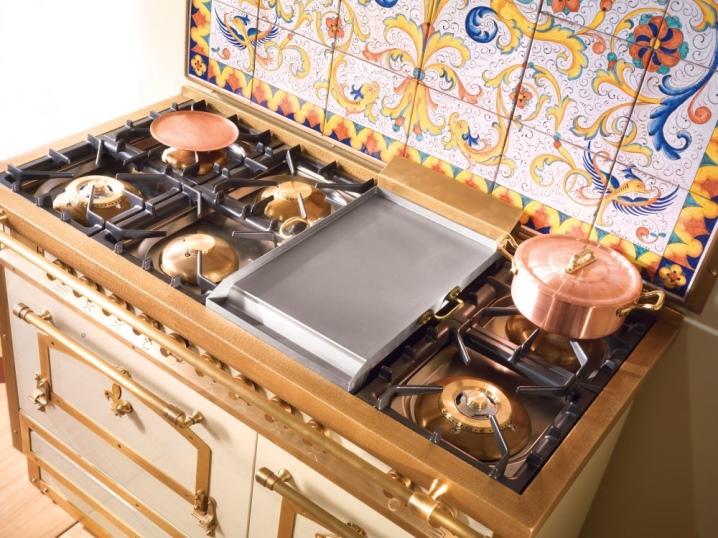
The cost of retro models is often quite high. However, this hardly affects their popularity. The functionality of such devices is quite large and can satisfy the needs of most people. The security level also meets the necessary requirements. Old-fashioned pens and other items are not a reason to refuse a purchase!
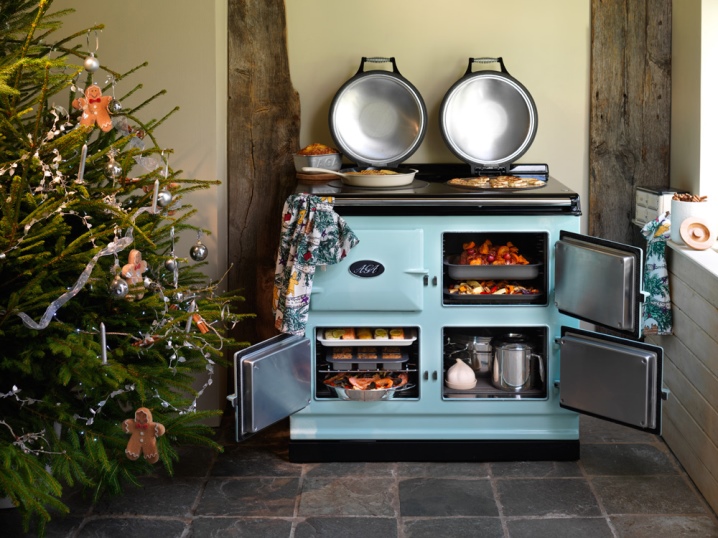
Old designs are found in products from a wide variety of suppliers. The corresponding models are offered by both international giants and relatively little-known enterprises. A good example is the Country series from the Darina concern. And some companies have always supplied more or less the same devices, the appearance of which has not changed for decades. Retro style products are divided into 3 price ranges:
- elite brands from EU countries, the very name of which says a lot to connoisseurs (some models can be comparable in cost to cars);
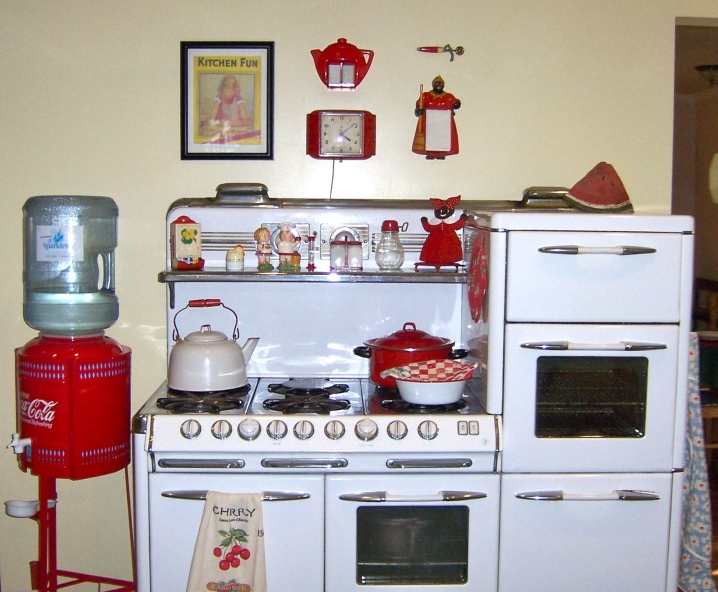
- brands that simply "ride the wave of demand" (Smeg, KitchenAid);

- manufacturers who do not strive for special exclusivity of their products (the same Darina).

Views
The main difference between retro style cookers is, of course, the way they generate heat. There may even be induction devices among them. This solution is popular in various countries and fits perfectly into any environment. Cooking on an induction hearth is fairly easy. The sizes of such equipment vary greatly, so you can choose the option that suits the consumer, regardless of the available space and level of performance.

The principle of operation is quite simple: the incoming electrical energy is converted by a special device into a high-frequency magnetic field. Vortex currents are formed inside it, which heat the dishes. Since all the impulse is concentrated only on the cookware itself, unproductive energy leaks are minimized. The service life of induction equipment is quite long, however:
- they need strictly special dishes;
- installation near refrigerators is incompatible;
- the load on the network is very high.
Gas stoves are quite good and quite familiar to people. It is important to remember that some models are designed for natural gas, while others are for liquefied gas.

In urban environments, an electric stove is often a more practical solution. Unlike induction, it allows you to use almost any cookware. The electric oven provides a more uniform heating of the air in comparison with the gas counterpart.
And you can also find other types of stoves:
- halogen;

- glass-ceramic;

- narrow;

- wide;

- separately installed;
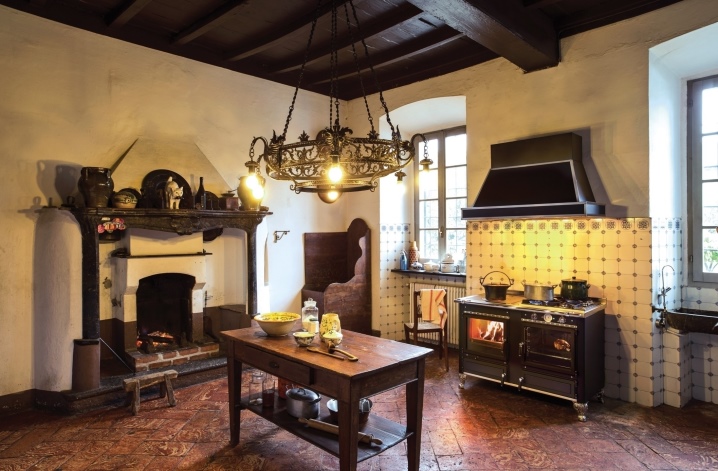
- built-in.

How to choose?
First of all, you need to answer the question of whether the device should stand apart.Stand-alone models are more flexible in terms of connection to electrical wiring or gas mains. However, the built-in version, while requiring more careful installation, provides a monolithic work area and saves space. Having dealt with this issue, you can proceed to the choice of the type of hearth. Wherever there is already a connection to the gas pipeline, it is quite appropriate to use “blue fuel”.


The equipment working on it is cheaper and more familiar to many people. There is practically no point in purchasing a stove without the "gas control" function (especially if there are children, the elderly and others at home who are not aware of their actions). Fans of a wide variety of cooking modes should focus on combined options (with electrical and gas parts at the same time). The next important point is size.
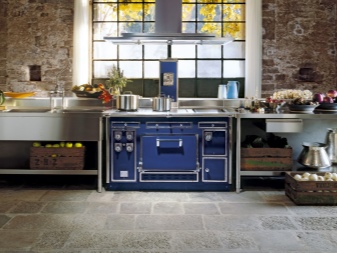

A typical 4-burner system is between 0.5 and 0.6 m in width and length. The height varies much less, only from 0.85 to 0.9 m.If you need 5 burners, then the width grows to 0.8-0.9 m, and in 7-burner models it can even reach 1.2 m. burners determines the type of cookware used. As for the size of the oven, here the only guideline is your own needs.

How to choose a gas stove, see the video.













The comment was sent successfully.